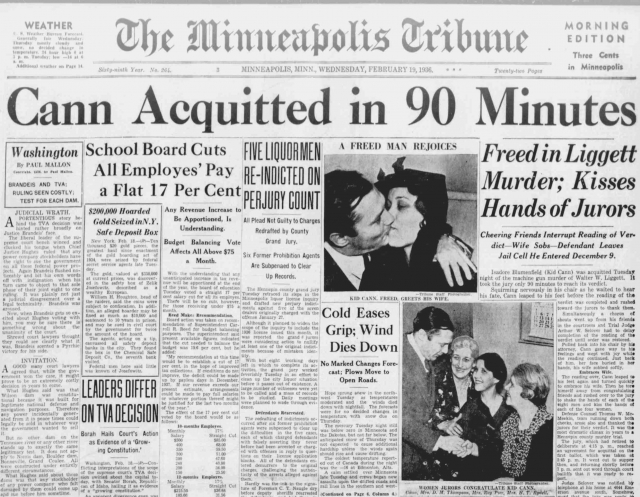News Articles - An Overview
News Articles - An Overview
Blog Article
The Only Guide to News Articles
Table of ContentsThe 5-Second Trick For News ArticlesThe smart Trick of News Articles That Nobody is Talking AboutNews Articles Things To Know Before You BuyThe Basic Principles Of News Articles Rumored Buzz on News Articles
Excellent expertise of different subjects offers trainees an one-upmanship over their peers. Although electronic and social media sites are readily obtainable, we ought to not forget exactly how important it is to check out the papers. Parents have to try and instill the behavior of reading a paper as a day-to-day routine to proceed the heritage of the revered print medium.Newspaper article likewise have a minimum of one of the adhering to important attributes about the intended audience: distance, prestige, timeliness, human passion, anomaly, or consequence. The related term journalese is often made use of, usually pejoratively, to refer to news-style writing. One more is headlinese. Newspapers normally follow an expository writing design.
Within these limits, news tales likewise aim to be extensive. Amongst the bigger and a lot more revered papers, fairness and equilibrium is a significant element in presenting details.
Newspapers with a worldwide audience, for instance, tend to utilize a more official style of composing. News Articles.; common design overviews include the and the United States News Design Book.
All About News Articles
As a regulation, reporters will certainly not use a long word when a short one will do. They use subject-verb-object building and construction and dazzling, energetic prose (see Grammar). They offer anecdotes, examples and metaphors, and they rarely depend upon generalizations or abstract ideas. News writers try to stay clear of using the same word more than once in a paragraph (often called an "echo" or "word mirror").
Nonetheless, headings often omit the subject (e.g., "Jumps From Boat, Catches in Wheel") or verb (e.g., "Cat woman fortunate"). A subhead (additionally subhed, sub-headline, subheading, subtitle, deck or dek) can be either a subordinate title under the main heading, or the heading of a subsection of the write-up. It is a heading that comes before the main text, or a team of paragraphs of the primary text.

of a write-up topic, source, or interviewee), it is described as a drawn quotation or pull quote. Extra signboards of any one of these kinds might appear later in the post (particularly on succeeding web pages) to entice further reading. Journalistic websites in some cases utilize computer animation strategies to switch one signboard for one more (e.g.
All about News Articles
Such signboards are likewise used as reminders to the write-up in other sections of why not find out more the magazine or site, or as promotions for the piece in other magazine or sites. News release of the Swiss federal government. Regular structure with title, lead paragraph (recap in strong), other paragraphs (details) and contact info.

Instance of a hard-lead paragraph NASA is suggesting one more space task. The budget requests about $10 billion for the job.
An "off-lead" is the 2nd most important front web page news of the day. To "hide the lead" is to start the post with history info or information of second significance to the viewers, forcing them to review more deeply into a write-up than they ought to have to in order to uncover the important factors.
The 9-Minute Rule for News Articles
Typical use is that or 2 sentences each form their own paragraph. Reporters generally describe the organization or structure of a news tale as an upside down pyramid. The essential and most fascinating aspects of a tale are placed at the start, with sustaining details adhering to in order of diminishing official website importance.
It allows people to explore a topic to only the depth that their curiosity takes them, and without the imposition of details or subtleties that they can consider irrelevant, yet still making that details readily available to more interested viewers. The upside down pyramid framework also enables short articles to be trimmed to any approximate size during layout, to fit in the room readily available.
Some writers begin their stories with the "1-2-3 lead", yet there are many kinds of lead readily available. A twist can refer to multiple points: The last story in the information broadcast; a "happy" tale to end the show.
Longer articles, such as publication cover posts and the pieces that lead the within sections of a newspaper, are referred to as. Feature tales differ from straight information in a number of ways. Foremost is the lack of a straight-news lead, most of the moment. As opposed to supplying the essence of a tale up front, attribute writers might attempt to tempt readers in.
Getting My News Articles To Work
A feature's very first paragraphs commonly connect a fascinating minute or occasion, as in an "unscientific lead". From the details of an individual or episode, its sight swiftly widens to generalities about the story's subject.

The Editor's Toolbox: A Referral Guide for Beginners and Professionals (2001) Allan M. Siegal and William G. Connolly. The New York City Times Handbook of Design and Usage: The Authorities Style Overview Made Use Of by the Writers and Editors of the World's The majority of Authoritative Paper (2002) M. L. Stein, Susan Paterno, and R.
Report this page